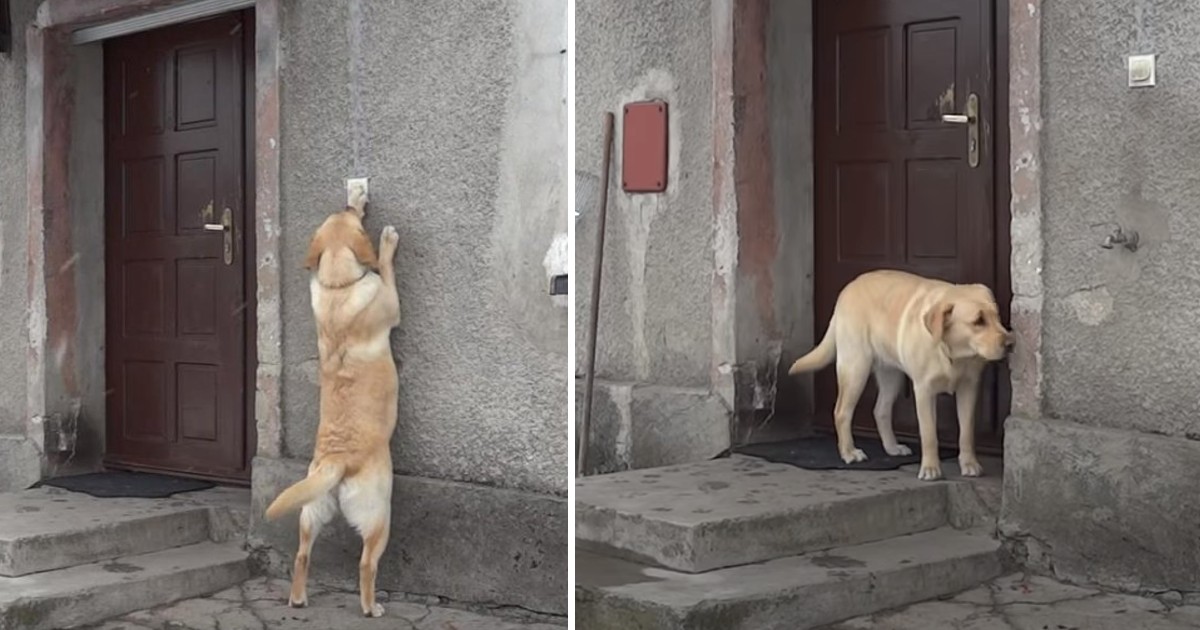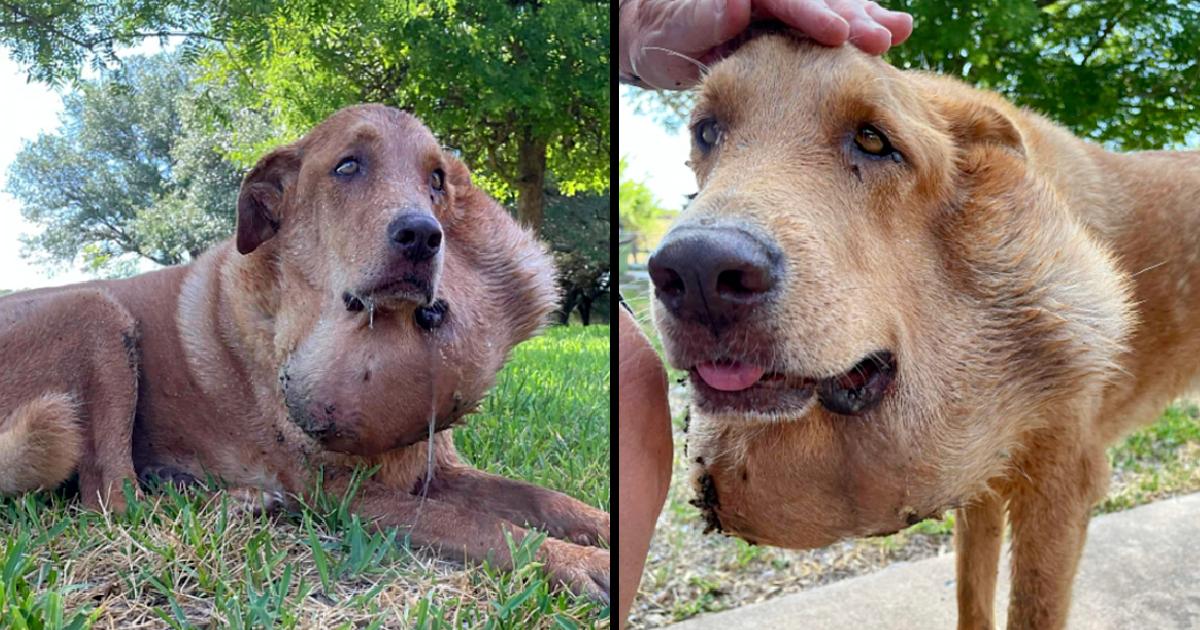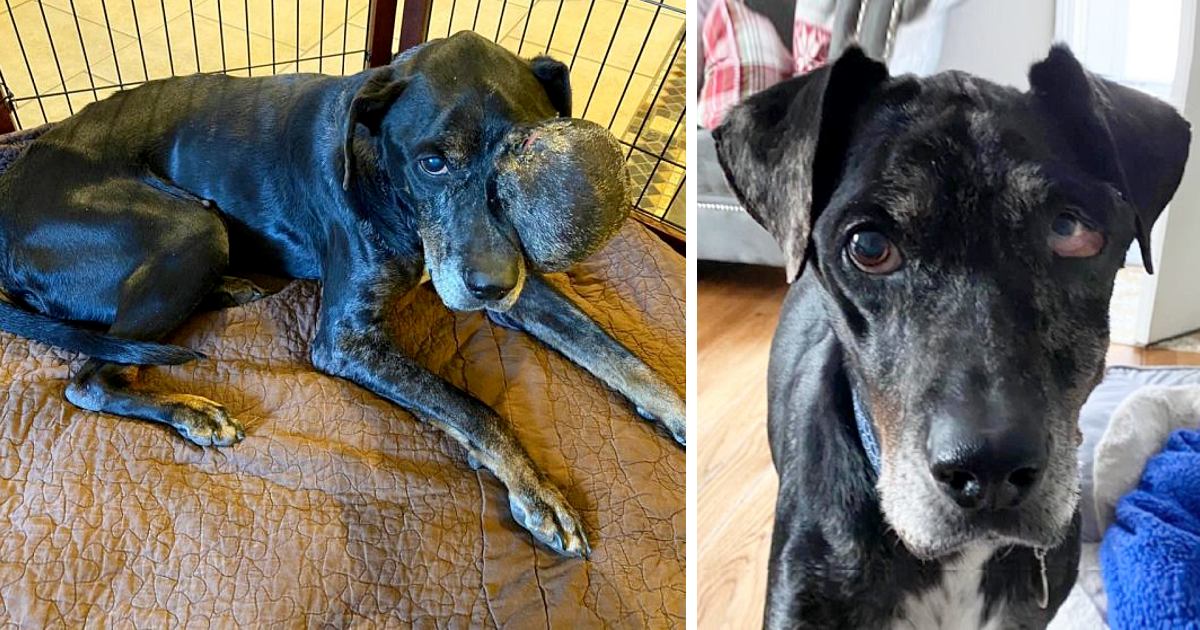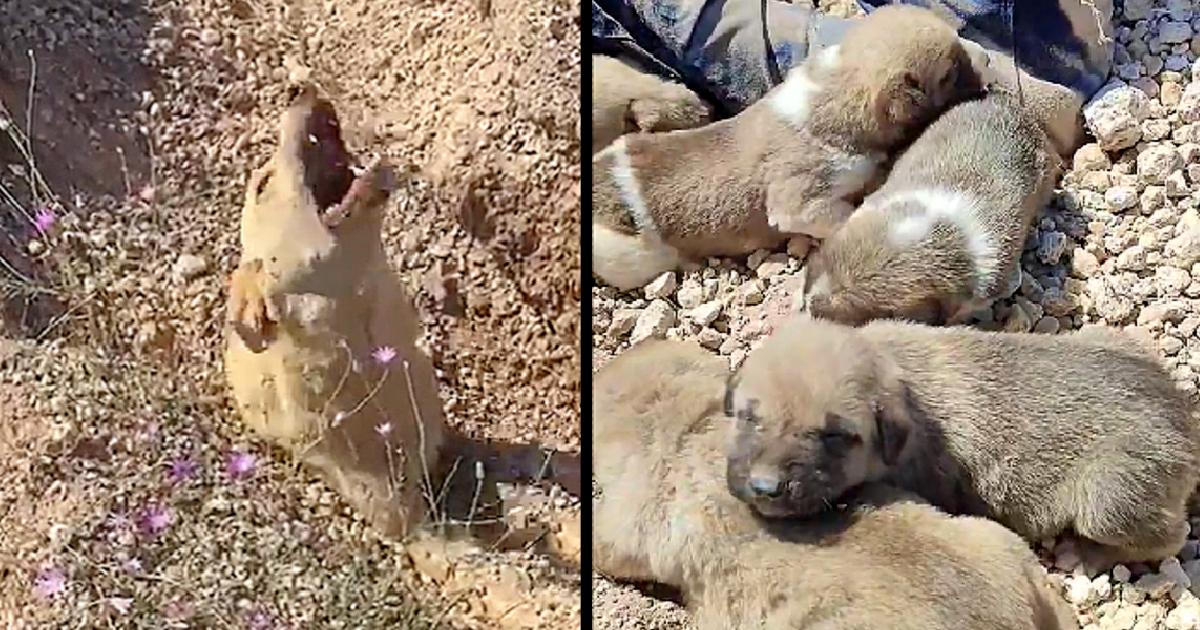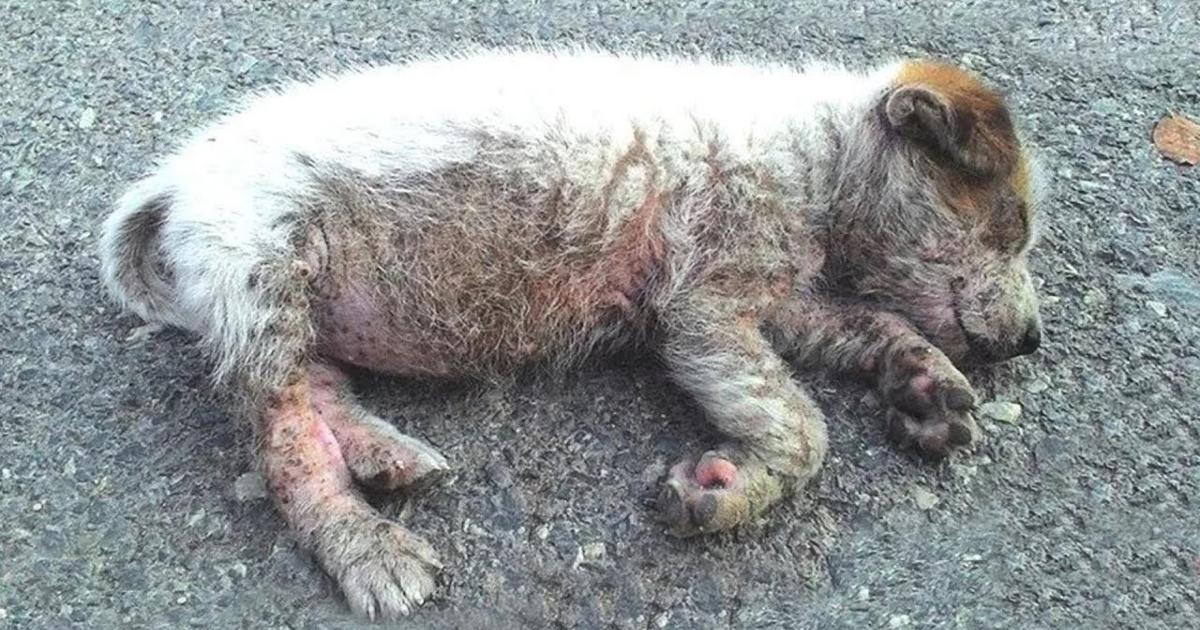The Maine Coon is famous for its huge body size, overwhelming number 1 in the list of purebred natural cat breeds. With a lot of physical beauty, combined with a friendly personality, they currently hold the 3rd position in the title of the most popular cat species in the US. Find out more about the American Maine Longhair cat breed with tindongvat in this article.
I – History of the Maine Coon cat’s origin
The Maine Coon is a natural breed of cat native to the state of Maine in North America, United States. With their characteristic long, thick coat, they are often known to represent the long-haired American cat breed.
However, until now, the true origin of Maine cats is still unknown, people only rely on speculations or anecdotes passed down to temporarily create history for them. Among them, the theory that the Maine is a descendant of the Norwegian forest cat & the Siberian cat is widely believed.

♦ Theory 1: Queen Marie Antoinette’s flight
Marie Antoinette was a queen consort of France from 1774 to 1792, during which time she committed a serious mistake that resulted in the death penalty. Out of fear, she planned to flee with the help of Captain Samuel Clough.
When she left, she brought her 6 beloved Angora Turkish cats and a few other personal belongings, although she did not escape the net, but the 6 cats were also brought by Captain Samuel Clough to the coast of Wisconsin, Maine. safe.
Here the cats mated with local cats and from there the Maine Coon breed was born. The names of the “big kittens” are named after the land in which they were born.

♦ The mischievous cats of Captain Charles Coon
Charles Coon is an ordinary captain like everyone else, but he is a huge lover of cats, especially long-haired cats. During a port call in Maine, New England, he and his crew of long-haired cats traveled down the street for a walk.
During this time, the cats mated with local street cats and inadvertently created a new breed of cat. The people here have taken the name of the port with the captain’s name to name these kittens Maine Coon.
The breeding and development programs of Maine cats were quite popular in 1895. However, it was the golden age of Persian cats, Siamese cats, and so on. so the Maine Coon was gradually forgotten, even for a time it was thought to be almost extinct
It was not until 1976 that this cat breed was officially recognized by the CFA association after being rejected 3 times and was fought by members of the Maine Coon cat lovers. And by the 2010s, the breed had become the third most popular cat breed in the United States.

II – Maine Coon cat appearance characteristics
♦ Body Overview
The Maine Coon is considered the largest natural breed in the cat world (the Savannah cat is larger in size but is a hybrid). The cat’s skeleton is quite large, the body is solid, muscular but very well-proportioned.
The size of an adult longhaired American cat can be up to 41 cm tall and up to 120 cm long from head to tail. Their weight can reach from 5.9 – 8.2 kg for males and 3.6 – 5.4 kg for females.
The cat’s head is quite large but suitable for the body size, in which the chin is relatively large & the muzzle often forms a square. This is also the highlight to identify the Maine long-haired American cat breed with some similar cats such as the Siberian or the Norwegian forest cat.
The ears of the American longhaired cat are quite large, erect & wide. On the top of the ear, there will usually be a tuft of long hair. The hair around the earlobe is also relatively long.
The Maine cat’s eyes tend to be round, and acceptable eye colors include blue, yellow, or bronze. For white-haired maine coon cats, two-color eye colors are still acceptable.

Feathers
The coat of the Maine Coon cat is an extremely thick, long, but slightly shaggy 2-layer coat. This coat tends to be thicker in the winter and thinner in the summer, which ensures long-haired American cats can withstand all types of weather even the harshest.
The density of hair in the lower body areas such as the belly, legs of cats tends to be thicker. This helps to insulate the cat when lying on the snow or in a wet area.
In addition, the cat’s tail hair is also very long & thick, which helps the cat to keep the head warmer when sleeping by rolling the tail up to the face.
The chest coat of a Maine coon is thicker, more ruffled, and tends to form a mane. Combined with a rather long and large chin, it creates the feeling of a long-haired American cat that looks like little lions.
Especially between the toes, there is also a long coat that helps cats easily walk on the snow without getting cold.
Maine cats are very diverse in coat colors & according to statistics there are up to 75 different coat colors, including: white, black, tabby, blue, bicolor, cream, … They are accepted with most color styles except The colors tend to be hybrid such as: Siamese color, chocolate color, ticked tabby color, lilac color, hyma color, ….
III – Maine Coon longhair American cat personality traits
Despite its large size and slightly rough face, the Maine Coon cat’s personality is extremely gentle and friendly. They easily accept & make companions with foster people or other popular friendly animals such as dogs, cats, hamsters, etc.
However, the Maine Longhair cat also has a fairly high energy level, so they need a spacious space and a caring owner to play and work with every day.
Cats will want you to pay attention, keep an eye out by hovering next to you, lying on top of your documents while working, crawling from the bottom up between your hands while lying on the phone, etc. but will also be very obedient and obediently regret when you punish them if they do wrong.
In addition, Maine cats are also relatively “mouthed” when they often meow meow when bored or hungry. So if you have a baby in the house, don’t let the cat stay close to an empty stomach.

IV – Maine Coon Cat Health Problems
The Maine American Longhair cat is considered a healthy cat breed, with no specific dangerous diseases. The average lifespan of this cat is 12.5 – 15 years and there are reports of some cats living up to 20 years. Cats will take about 4 years to fully develop.
However, due to their relatively large body size, the Maine Coon still has a few health problems common to large cats, including:
- Hip dysplasia
- Hypertrophic cardiomyopathy
- Spinal muscular atrophy
- Polycystic kidney disease
- Fat
Therefore, you should pay a little more attention to your cat every day, if you see that your cat has unusual symptoms, you should take it to a veterinary clinic for examination.
V – How to raise & care for American long-haired cats Maine Coon
Because of the huge size of the Maine Coon, the care and diet will also be somewhat more special than other cat breeds. As follows
♦ About the diet
It is not necessary that you feed your Maine coon double or triple the amount of food you normally eat. Instead, just feed about a quarter more than the average cat and let them regulate their own daily food intake.
What do maine coon cats eat? Combine dry and fresh food in the form of a mix or rotate the foods weekly and monthly to help your cat’s teeth work more. Avoid excessively long teeth or reduced chewing power by eating only wet foods.
Because the chin of the American longhair cat is quite large and long, it sometimes affects the cat’s ability to get food, especially dry nuts. So you should use nuts specifically designed for Maine cats of famous brands such as Royal Canin, …
♦ Hair Care
The Maine American cat’s fur is quite thick and long, so shedding and tangling is inevitable. Buy a specialized comb to brush and care for their coat every day. This will help prevent the cat’s fur from becoming frizzy and evenly distribute the oil secretion on the body.
Pay more attention to the hairs on the feet, near the tail because these areas are easy to attract waste due to the hair being too long. Once a week, take your cat out for a bath or take the cat to the spa to make sure the coat is always clean & smelling good.
♦ Exercise to avoid obesity
It is a cat that eats a lot but is as lazy as the British long-haired and short-haired cats. So in the evening, take them for a walk in the park or on the walking streets to interact with other cats, or play catch, catch balls, chase lasers with them for 15-20 minutes a day at home.
